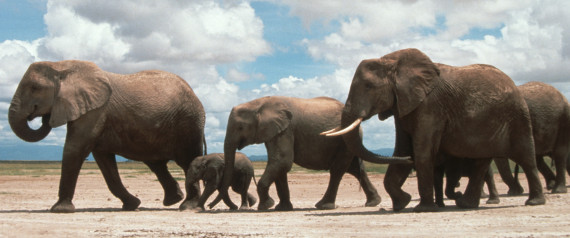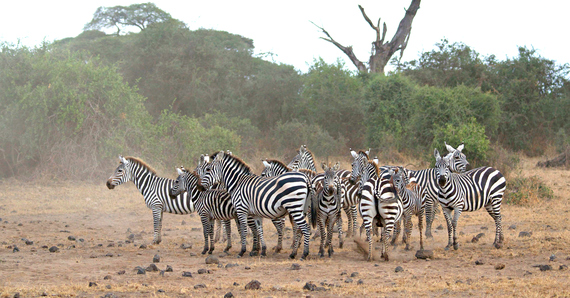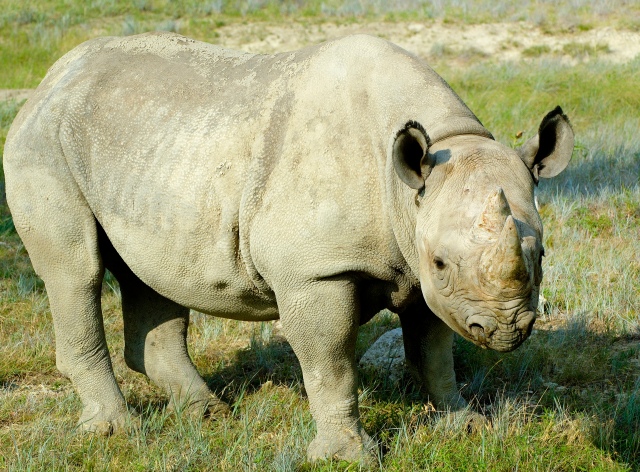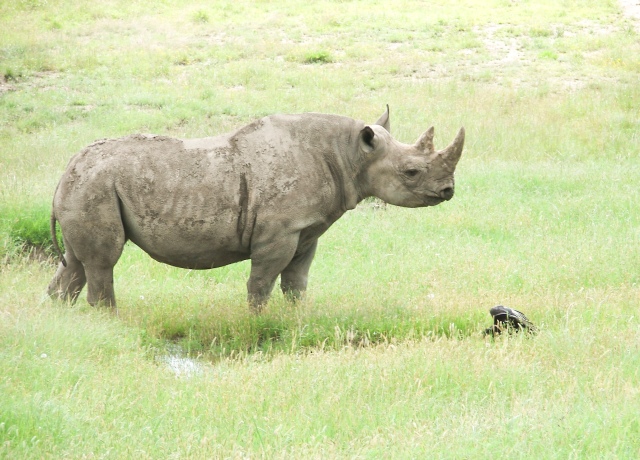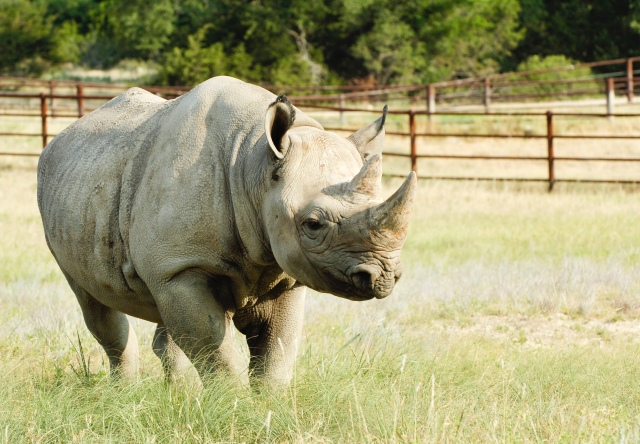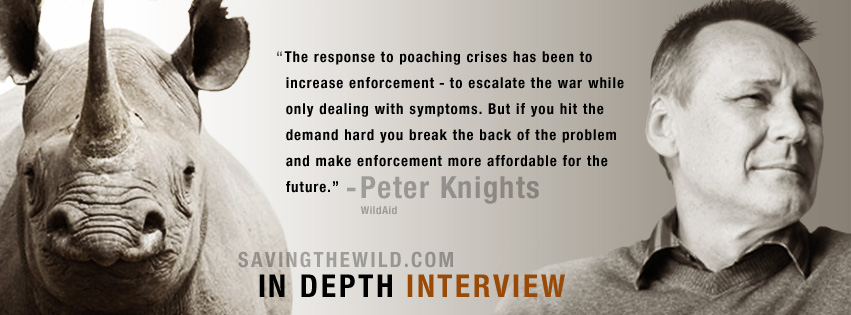19 Reasons Kenya Needs to Be Higher on Your Bucket List
There are few places in the world that have the incredibly varying landscapes that Kenya has, which is what makes this small, yet breathtaking country such a magical place to visit. The range in temperatures, habitats and geography are the reason this country is home to so many different species of rare wildlife, many of which can be only be found in the grassy plains, rain forests and wooded savannas of Kenya. But it's not just the wildlife that captivates you when you're visiting; the incredibly rich culture, amazing food and humble and passionate people pull you in with an almost magnetic pull.
The sad truth about Kenya, however, is that the beauty of this place remains unseen to so many groups of tourists due to the scary, and somewhat fabricated, reputation that has sprouted up due to social and economic problems recently faced by the country. For a country just recently (within the past 50 years) liberated, there are bound to be some growing pains with establishing a government and status quo that works. But isn't that the case with many countries? Sure, there are parts of Nairobi that are dangerous and some coastal villages are facing struggles between land and state, but why should that deter you from seeing the other 99 percent of the country that is not only safe, but welcoming and hospitable? Whether you're in the very touristy areas or off the beaten path, you'll be welcomed to Kenya with a warmth, openness and beauty that will have you truly speechless.
And how many countries leave you at a loss for words? When I came back from my trip to Kenya, that's exactly how I found myself. And I've decided that maybe words aren't what this incredible place needs to encourage people to visit, maybe it's just photos. As I sift through the thousands of images I took of the beautiful Masai people, the landscapes and the wildlife roaming free, the adage "a picture says 1000 words" has never rang so true.
